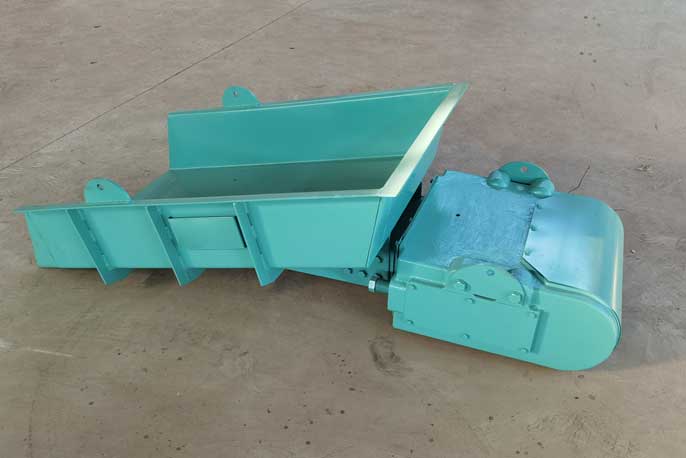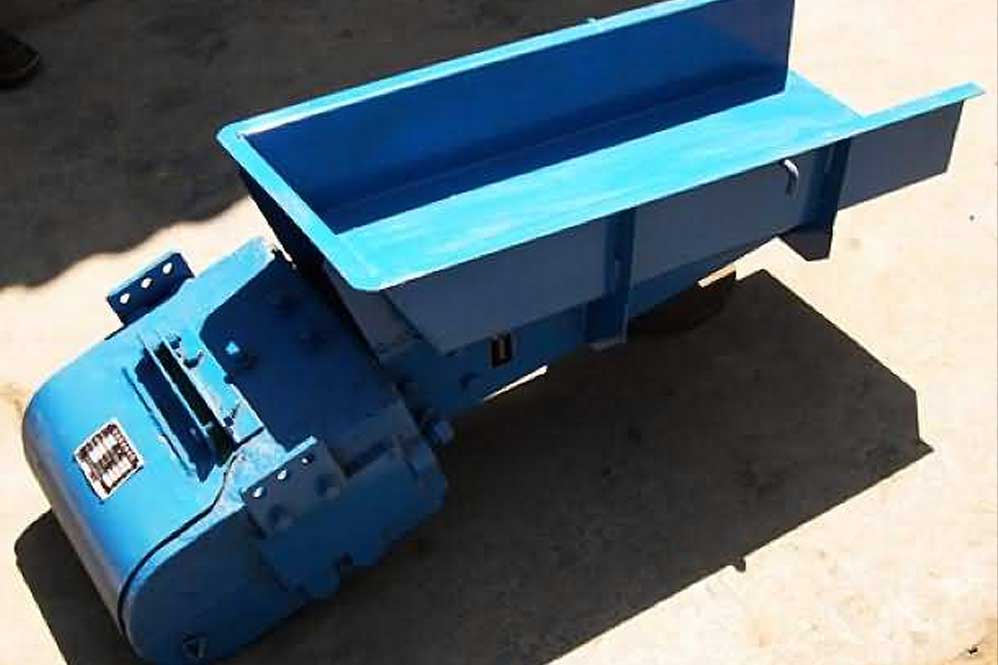In electromagnetic vibratory feeders, the appearance of a negative half-cycle voltage waveform is closely linked to the nature of their load, which is characterized as an inductive load. This phenomenon occurs as a result of the interplay between voltage and current during different phases of the feeder’s operation.
Explore the reasons behind the occurrence of negative half-cycle voltage waveforms in electromagnetic vibratory feeders due to their inductive load. We will also delve into the implications of these electrical behaviors on the overall performance and efficiency of these feeders.
To comprehend the behavior of voltage waveforms in electromagnetic vibratory feeders, it’s essential to understand how inductive loads impact their operation.
Voltage and Current Dynamics
- Positive Half-Cycle Voltage : During the positive half-cycle of the voltage waveform in an electromagnetic vibratory feeder, a fascinating interaction between voltage and current takes place. This phase is characterized by the charging of the feeder’s electromagnet. As the voltage gradually rises, the current begins to increase. However, a distinctive aspect of this scenario is the phase lag between voltage and current, which approaches nearly 90 degrees.
- Voltage Decreases to Zero : As the voltage waveform reaches its peak and starts to descend, the current continues to rise, approaching its maximum value or even surpassing it. This period signifies the point at which the magnetic energy stored within the electromagnet also reaches or nearly reaches its maximum level.
- Negative Half-Cycle Voltage : The appearance of the negative half-cycle voltage waveform in the electromagnetic vibratory feeder is a direct consequence of the feeder’s inductive load. During this phase, the electromagnet begins to discharge, causing both current and electromagnetic energy to gradually diminish. What sets this stage apart is that the current flows in the same direction as it did during the positive half-cycle of the voltage waveform.
- Role of Thyristors (Silicon Elements) : The regulation of this process is facilitated by thyristors (or silicon elements). During their conduction period, thyristors exhibit an extremely low internal resistance. This property results in almost the entire power supply voltage being distributed across both ends of the electromagnetic coil, effectively balancing with the induced potential of the electromagnet.
- Cutoff and Voltage Drop : When the thyristor is cut off, its internal resistance tends to infinity, causing the power supply voltage to distribute across both ends of the silicon element. At this point, the voltage across the two ends of the electromagnetic coil rapidly diminishes to zero.
Three major impacts of voltage and current dynamics on the operation of electromagnetic vibrating feeders
The reason why the negative half-cycle voltage waveform appears in the vibrating feeder is because the load of the vibrating feeder is an inductive load. When the voltage is in the positive half cycle, the electromagnet is charged, the current rises gradually, and the current lags behind the voltage by nearly 90°. When the voltage drops to zero, the current is close to the maximum value or exceeds the maximum value. At this time, the magnetic energy of the electromagnet is also close to maximum value.
- Efficient Utilization of Voltage : During the conduction period of the thyristor, nearly all of the power supply voltage is efficiently utilized across the electromagnetic coil. This efficient utilization ensures effective magnetization of the electromagnet, a critical aspect of feeder operation.
- Effective Voltage : The effective value of the electromagnetic coil terminal voltage in a half-wave rectifier electromagnetic vibratory feeder is slightly lower than the effective value of the power supply voltage. This distinction can impact the efficiency and performance of the feeder, influencing its ability to effectively convey materials.
- Starting Angle and Voltage : The effective value of the voltage at the electromagnetic coil’s terminal gradually decreases as the starting angle increases. This relationship underscores the importance of selecting the appropriate starting angle to achieve the desired performance and efficiency in electromagnetic vibratory feeders.
Conclusion
The interplay between load voltage and current in electromagnetic vibratory feeders, especially concerning inductive loads, is a complex but vital aspect of their operation.
Understanding how voltage waveforms transition between positive and negative half-cycles, and how thyristors and silicon elements influence this process, provides valuable insights into the efficient magnetization and demagnetization of the feeder’s electromagnet.
These electrical phenomena have practical implications for the performance and efficiency of electromagnetic vibratory feeders, emphasizing the significance of careful control and the selection of operational parameters.

